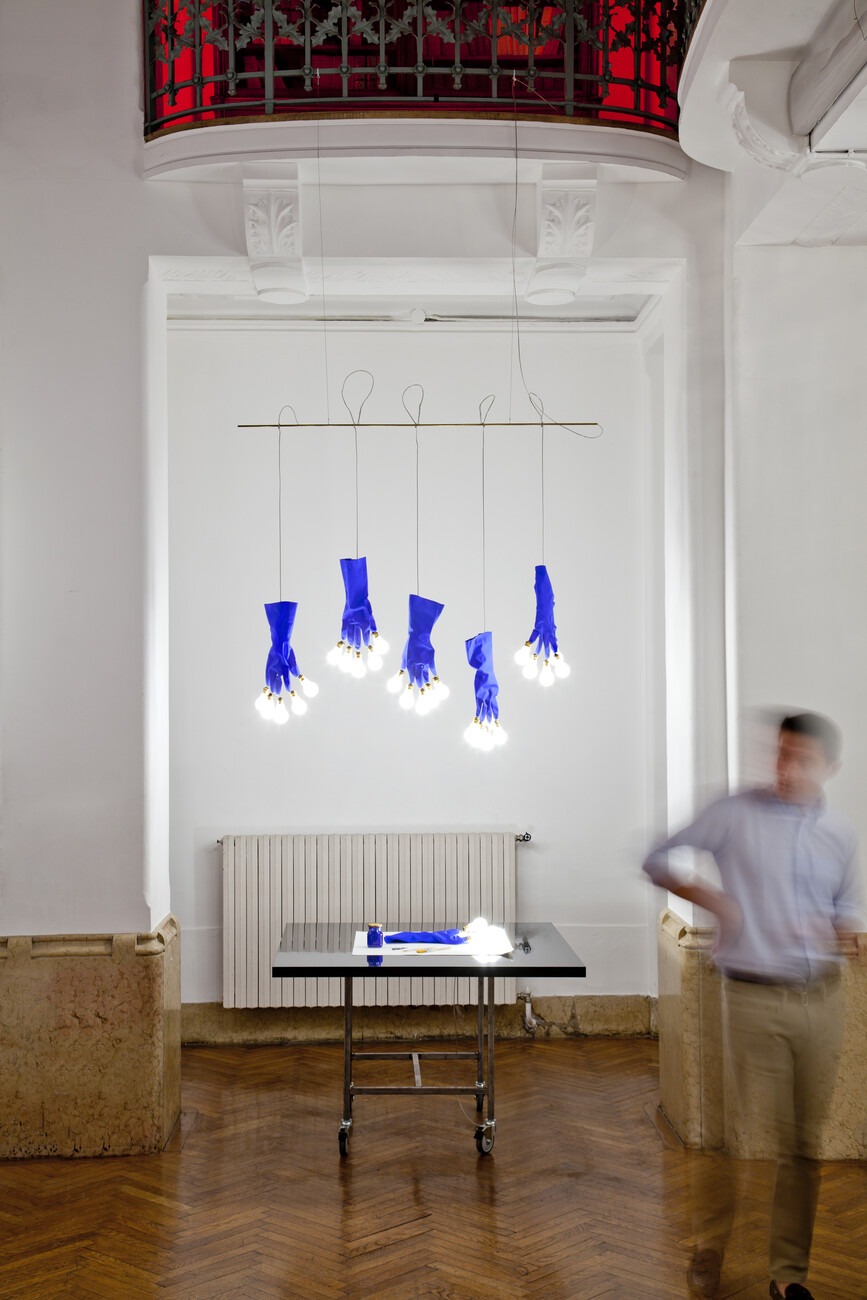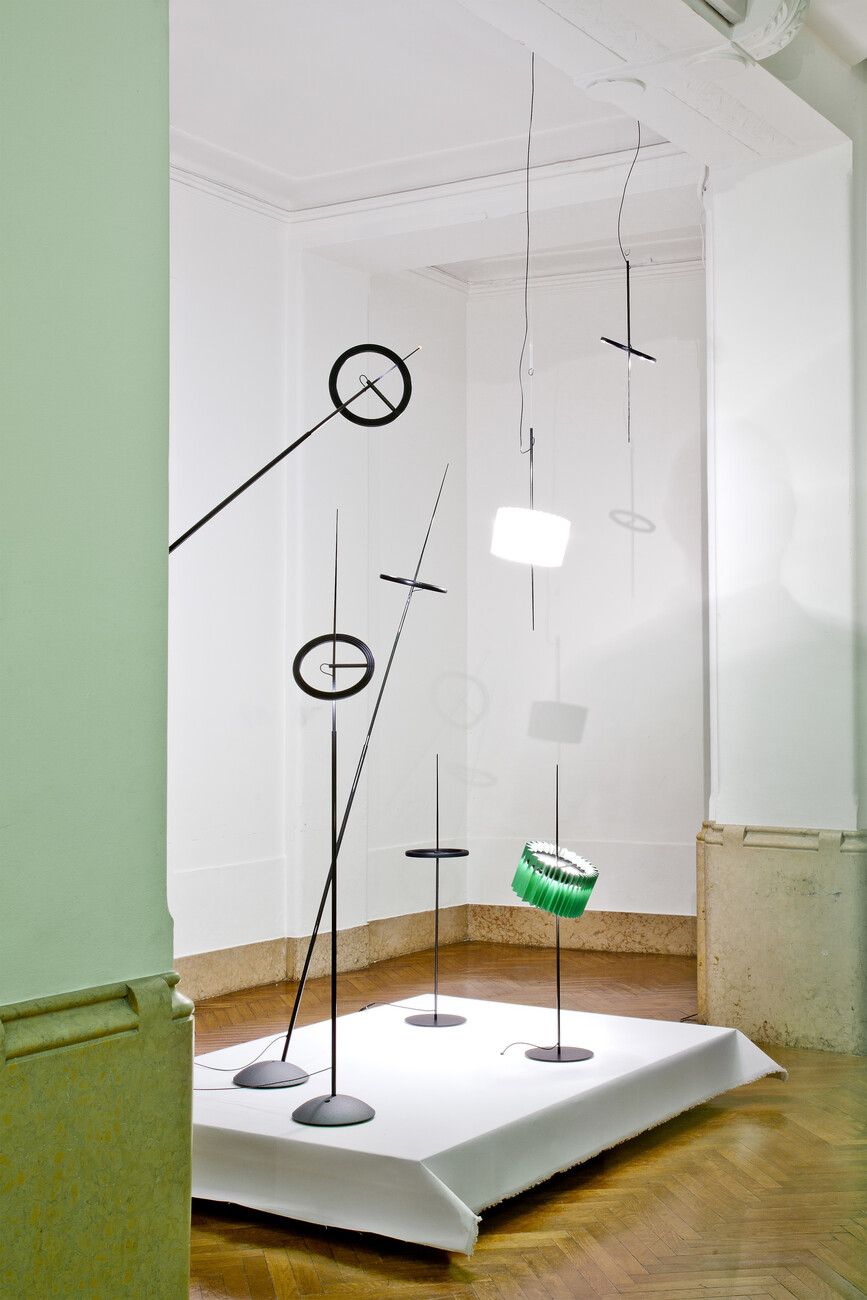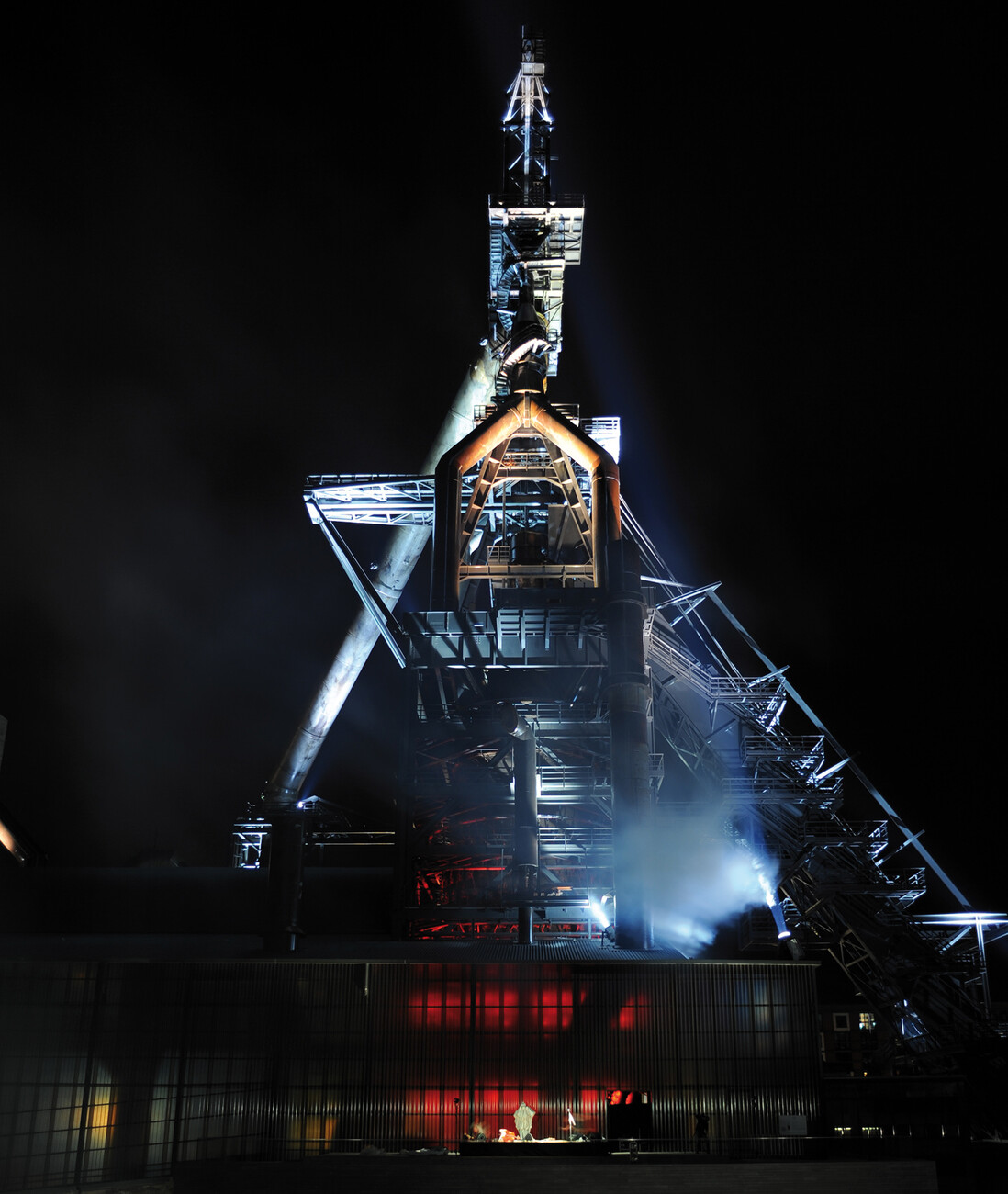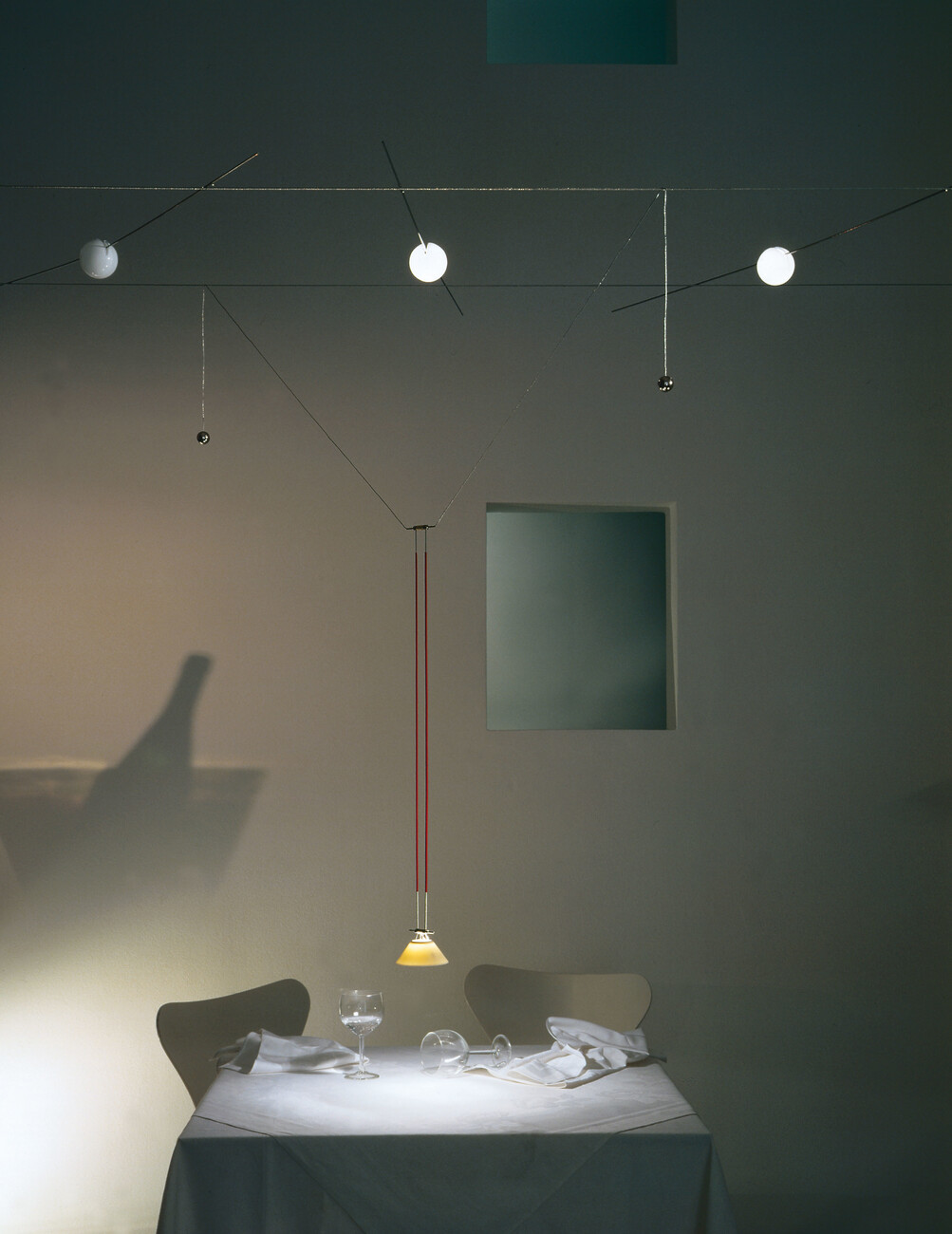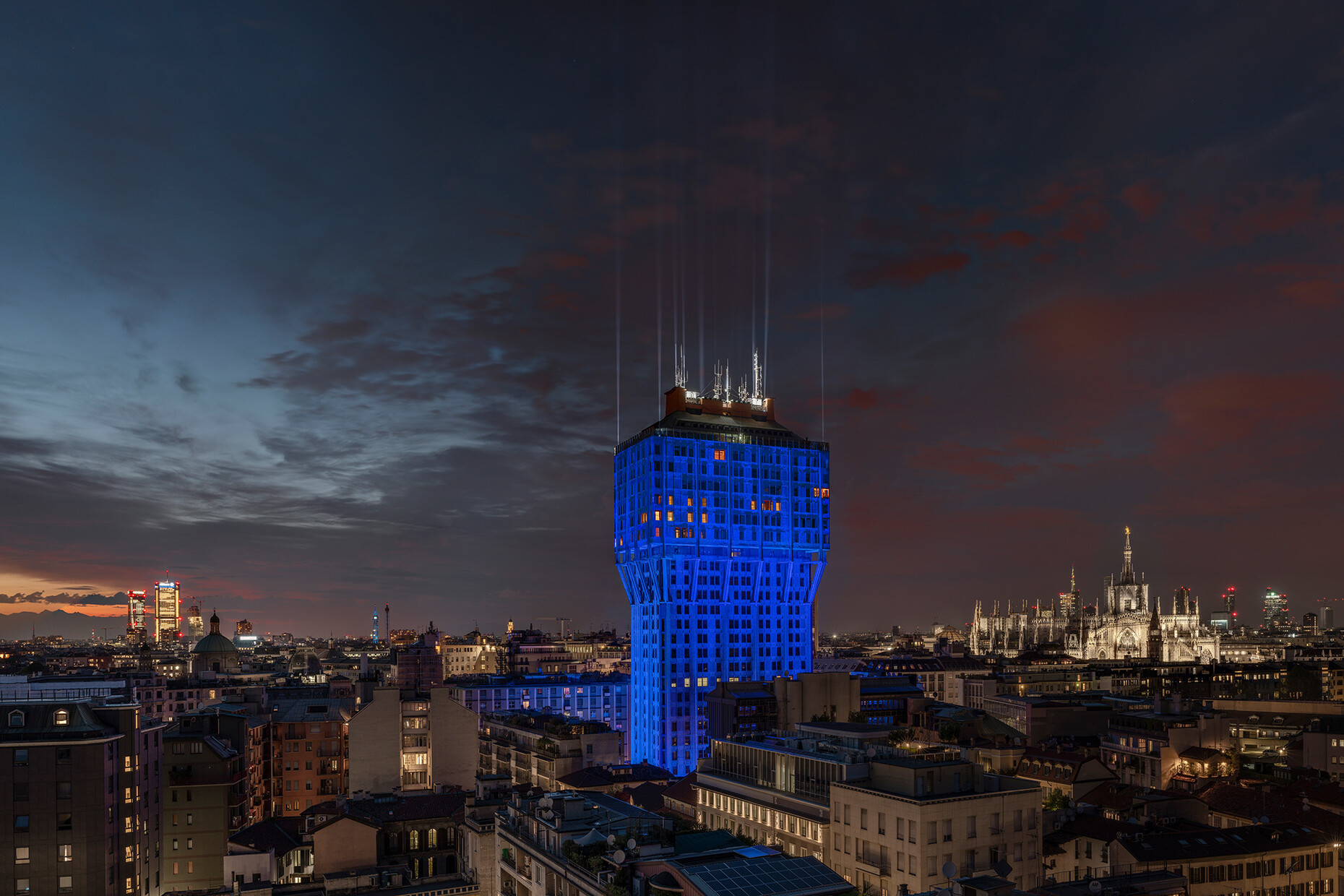OBITUARY
The bulb and much more besides
He was an entrepreneur, a dreamer, and designer all rolled into one, and for a time he called himself a “lamp maker”, analogously to filmmakers and shoemakers. Others called him a poet of light. Ingo Maurer was born in 1932 on the island of Reichenau on Lake Constance. He turned 13 a few days after the war ended. He once recalled that he had translated some of his childhood memories into his works. Thus, he watched his surroundings carefully, “when I sat with my dad in the fishing boat and the light danced on the waves.” Yet for him, like many other designers of his age group, he considered the world outside to be as important a point of reference as his home or origins. “I knew that I wanted to get away, to get out into the big wide world.” Maurer became a typographer, doing his training in Konstanz and in Switzerland. During the 1950s, he then graduated in graphic design in Munich. “I wanted to break out of the narrow confines that prevailed in Europe back then and which have persisted to this day. And America really helped me there.” In 1960, outfitted with a Greencard he emigrated to the USA, freelancing as a design in New York and San Francisco. America transformed the young creative mind, who was still seeking his vocation. It became his second home, one to which he regularly returned in his dotage.
“Bulb”, which came out in 1966, marked the fast and furious start of his so incredibly diverse life’s work. It is a luminaire that celebrates the Edison lightbulb in the middle of a surrounding bulb. Here, Pop Art and design coincided. Design can under certain circumstances also be art. The objects he arrived at or invented Maurer then produced in series. In 1969, the MoMA included the “Bulb” in its collection, as it later did with many other designs by the “light conjurer”. Back in Germany, Maurer founded his company “Design M” in Munich. Today largely forgotten, the “semi-classically” styled luminaires from his ML Collection in the 1970s helped finance his many experiments. “It helped me to pay my bills,” Maurer once quipped. The light bulb became a kind of basic yardstick, the constant point of reference in everything he created, even if the results were holograms or LED-based luminaires.
When he imported simple market umbrella from Verona in the 1970s he essentially pioneered today’s outdoor furniture boom. Maurer was always intrigued by aesthetic concepts from other countries and time zones and in collaborating. Japanese influences are to be discerned in his “Uchiwa” luminaires or in his “MaMo Nouchies”, which took a full four years to develop. Materiality, technology, craftsmanship and his team’s corresponding abilities were all preconditions for him being able to realize dreams that others would have immediately abandoned. With his “Porca Miseria!”, a luminaire consisting of porcelain plates shattering artistically, he referenced both the fun of a stag night and the heights of marital argument. One might be reminded of the photo series entitled “Trautes Heim” (Home Sweet Home) by Anna and Bernhard Blume. On behalf of all of us, Maurer kept the shards suspended – in the midst of a middle-class feelgood atmosphere. In this way, he created a memento mori that can also be read as advocating a careful and caring relationship to our fellow people and things. As a curator, in the framework of his own company and its staged appearances he repeatedly offered up-and-coming designers a public platform. As a technological visionary, he took things to the limits, for example in 1986 as the inventor of “Touch tronic” controls – agers before the now customary touch displays. Or when he used LEDs to create illuminated wallpaper. With his lighting for the Munich subway stations he demonstrated just how obvious it should be to have high-grade light in public spaces. “I appreciate the past, but what interests me is what lies ahead of us,” Ingo Maurer once said. Ingo Maurer died on October 21 aged 87 years in Munich in the midst of his family.
His optimism, his ability to constantly re-invent the world in all its details and thus make it a better place will surely spur on all those who come after him.
Die Neue Sammlung in in Munich is showing an exhibition on Ingo Maurer's work from 15 November:
Ingo Maurer intim. Design or what?
Die Neue Sammlung – The Design Museum
Pinakothek der Moderne
Türkenstraße 15
80333 München
15 November 2019 to 18 October 2020















